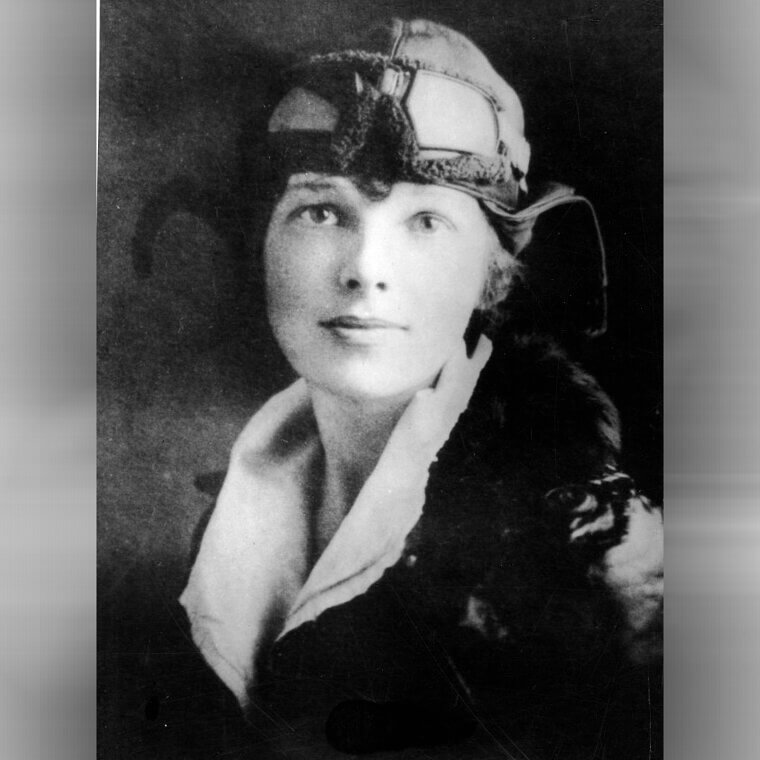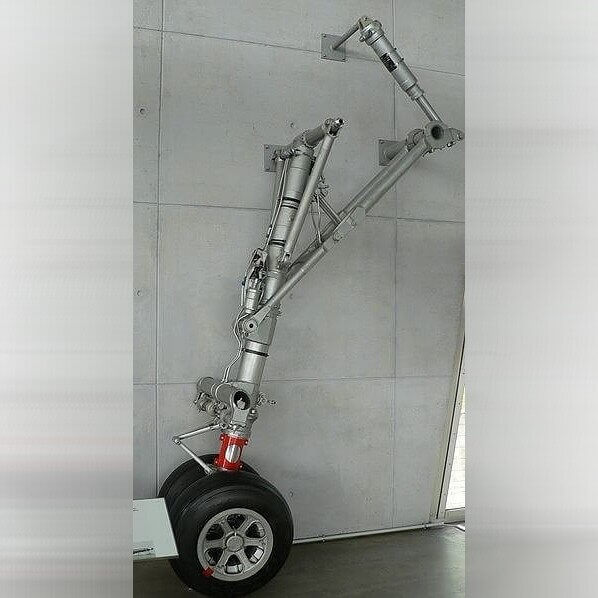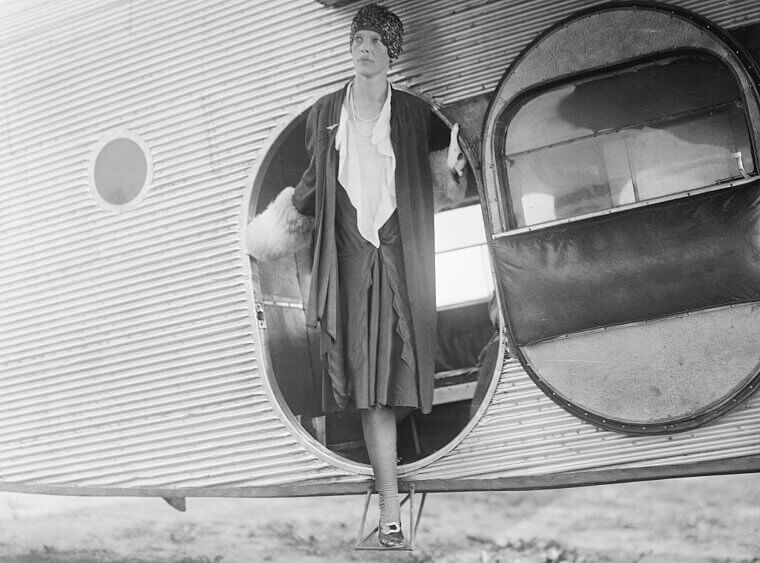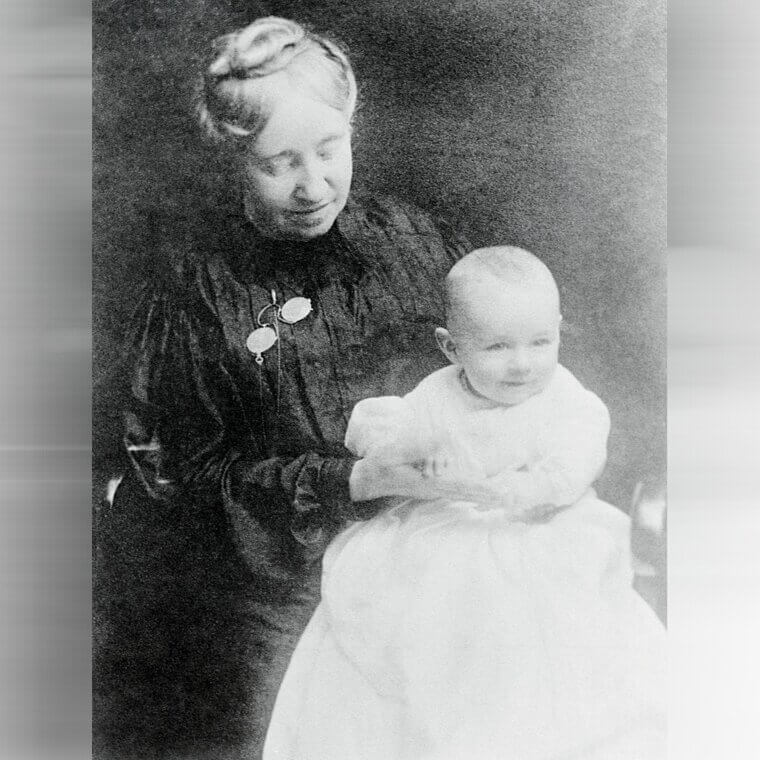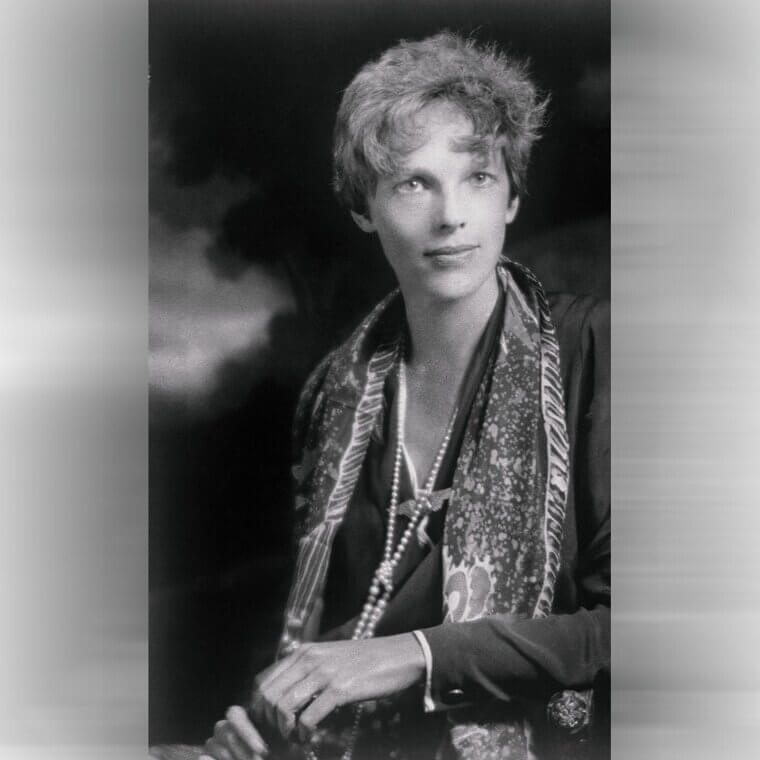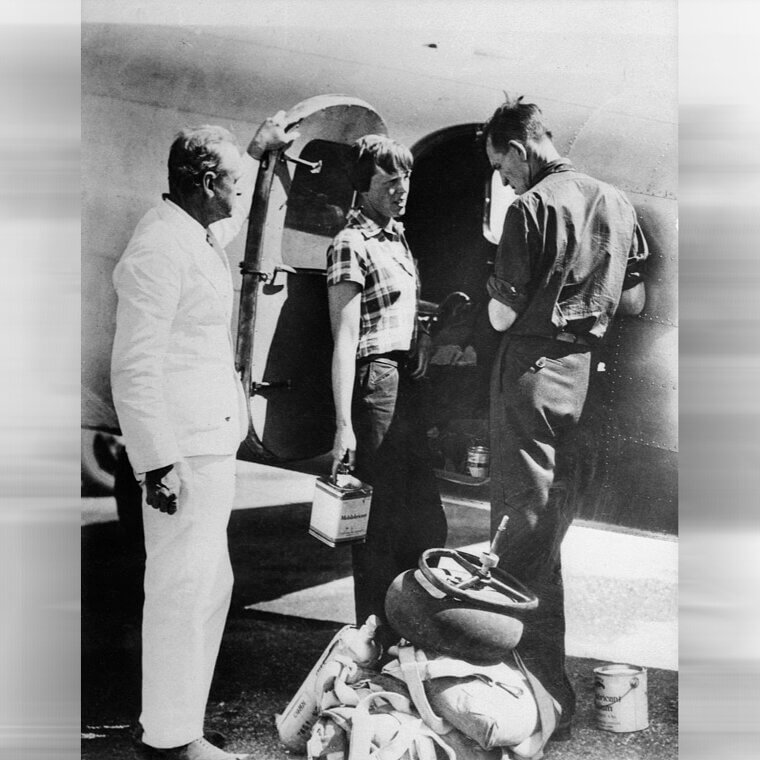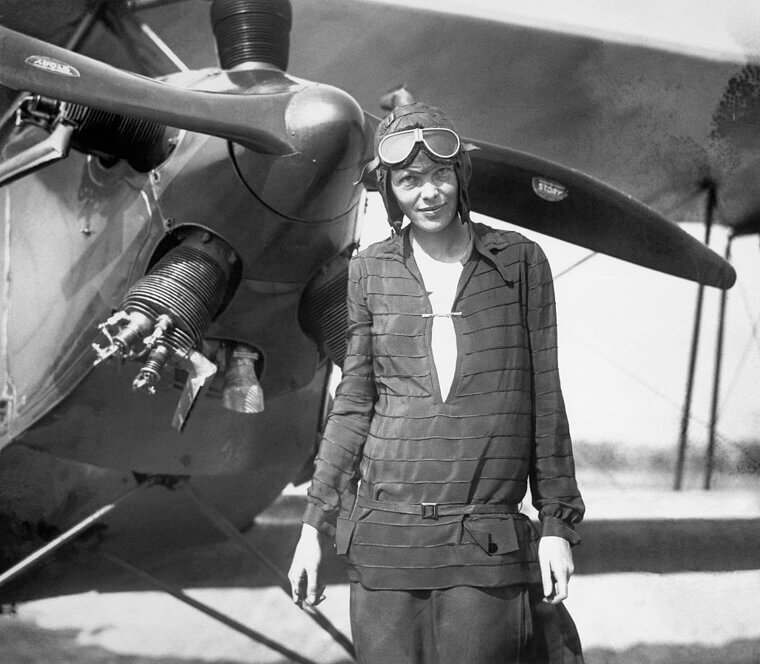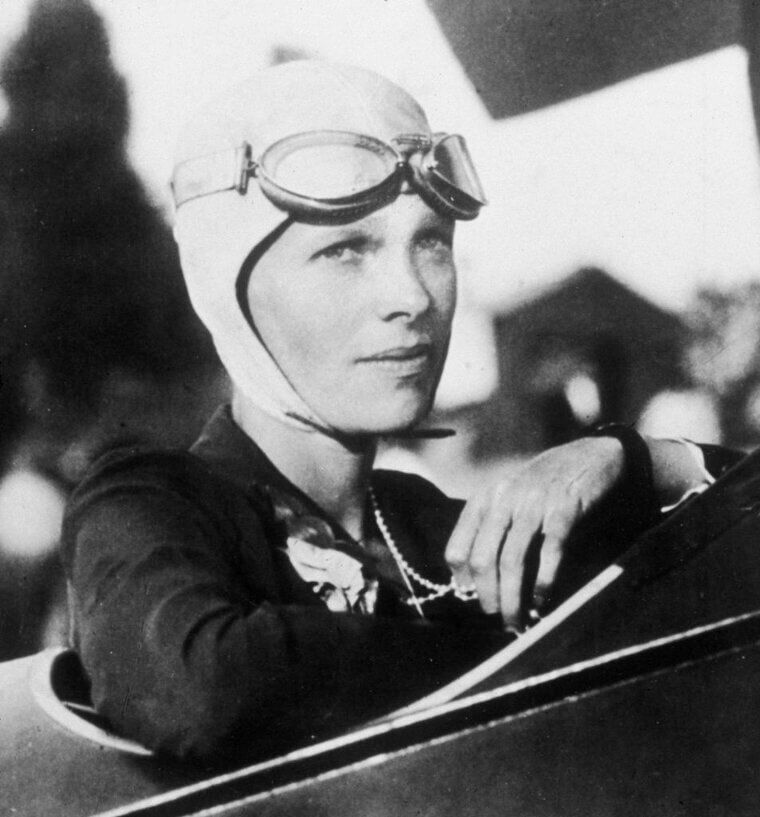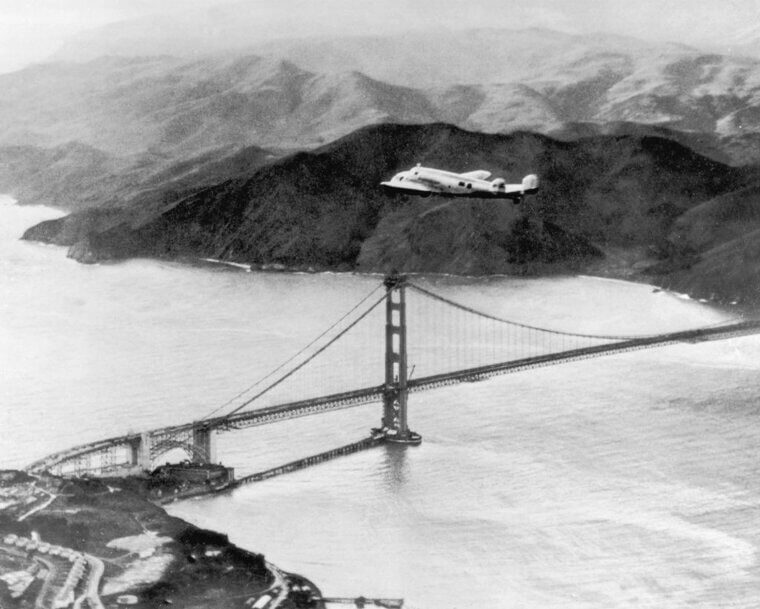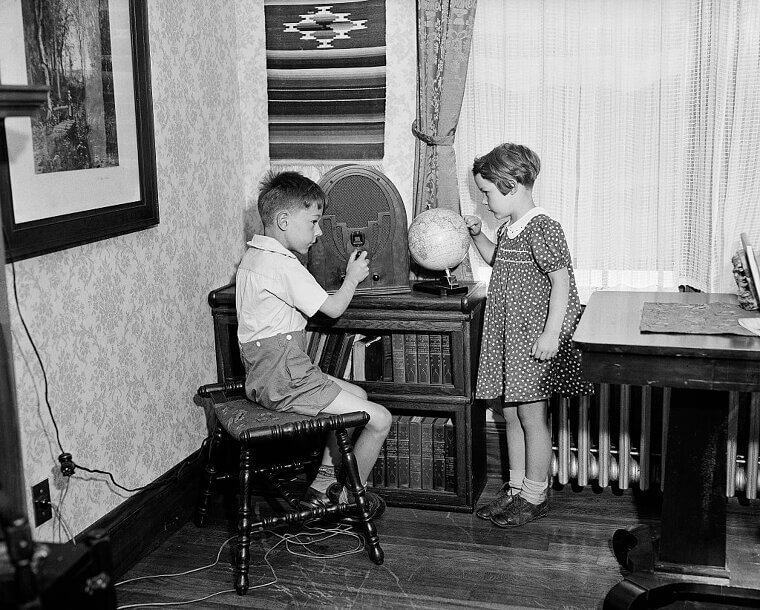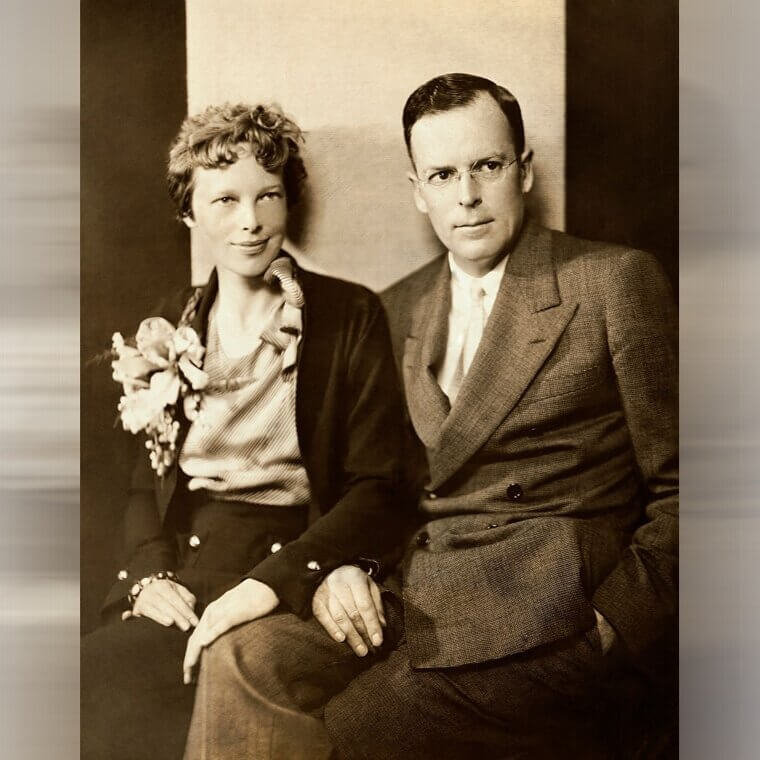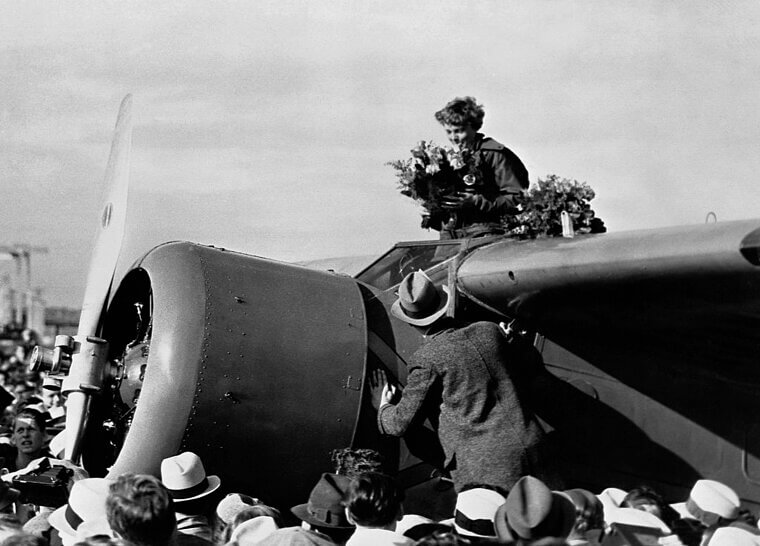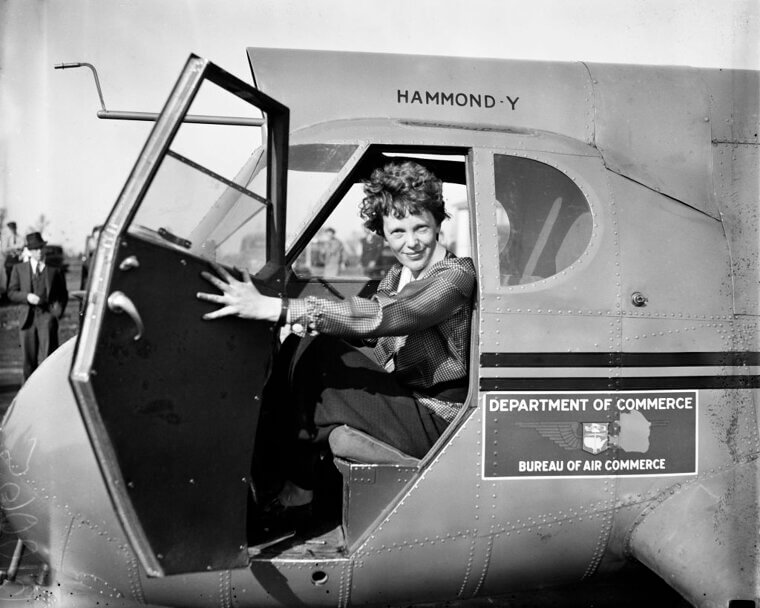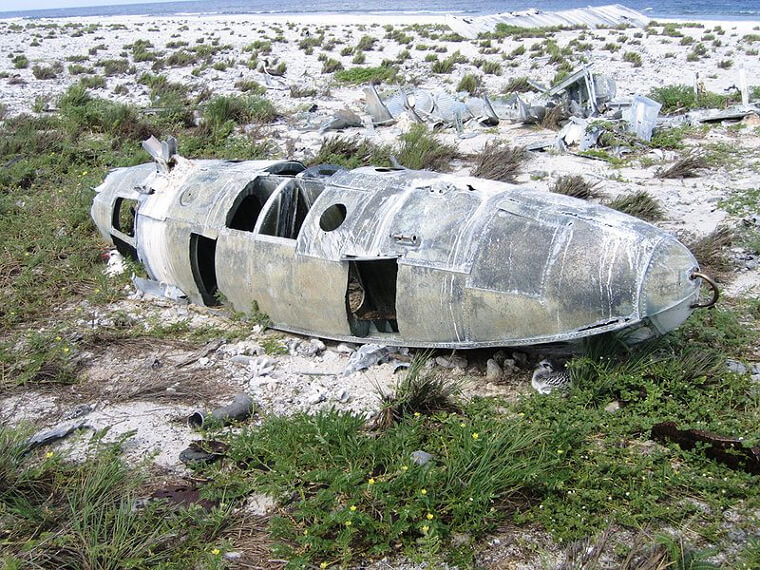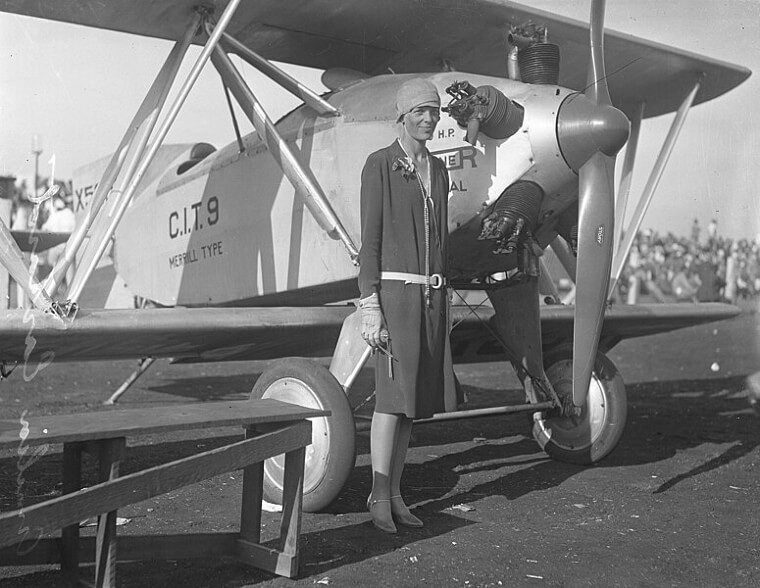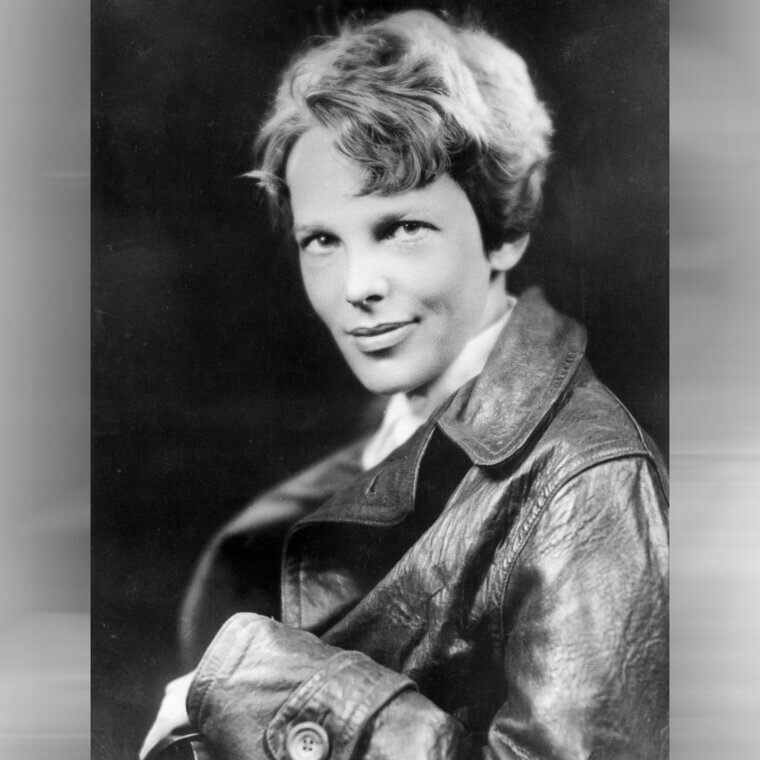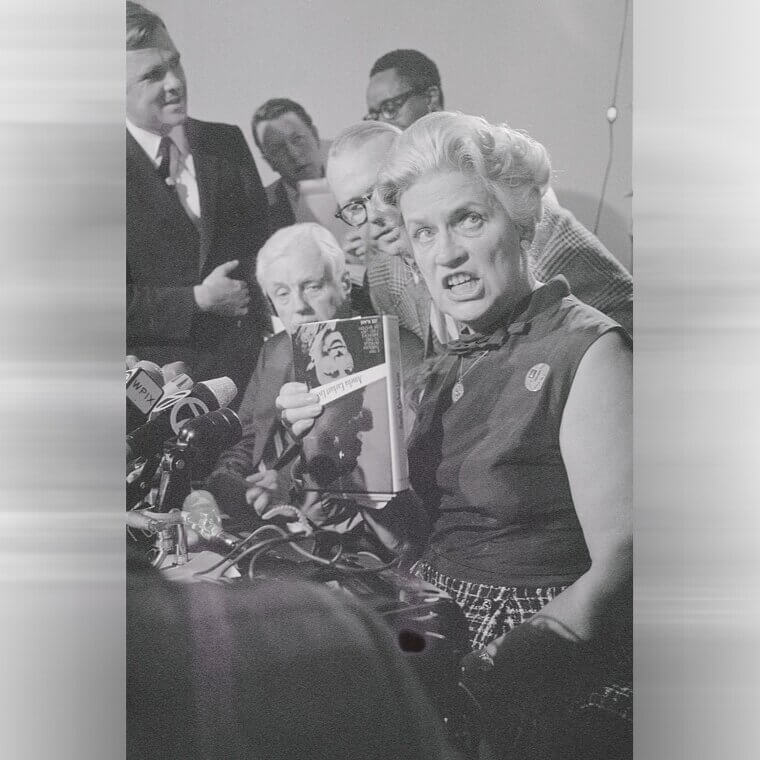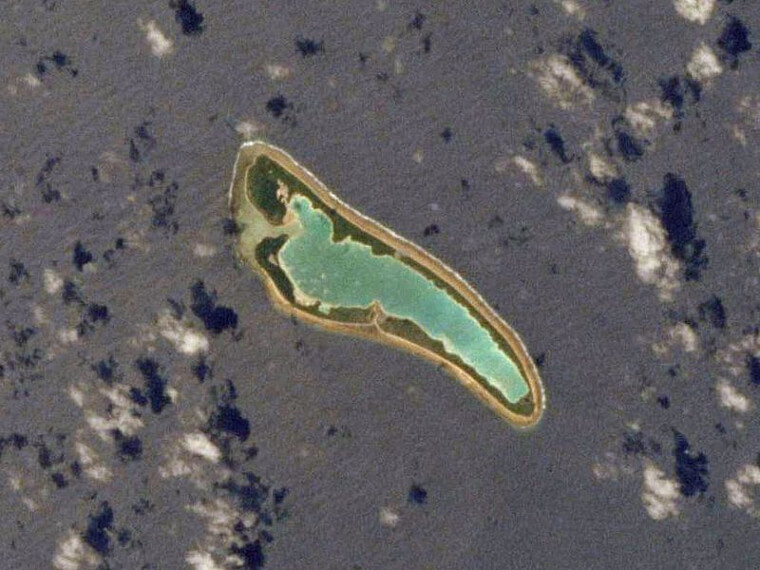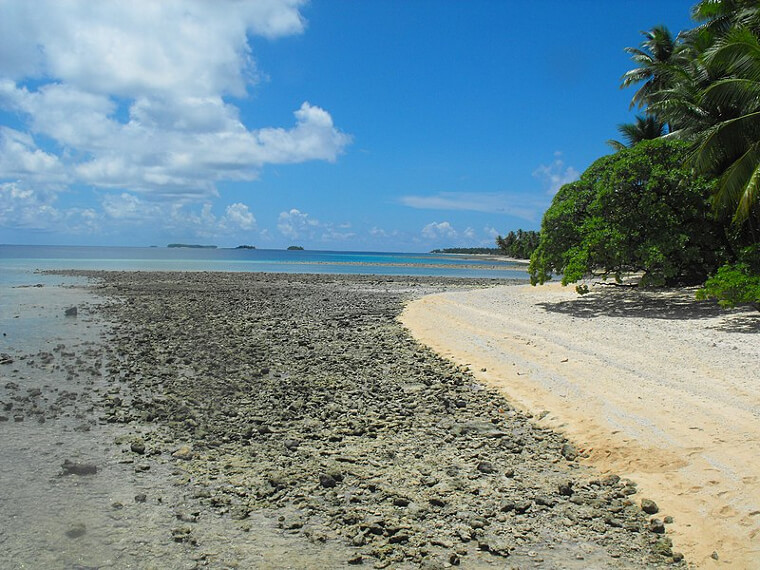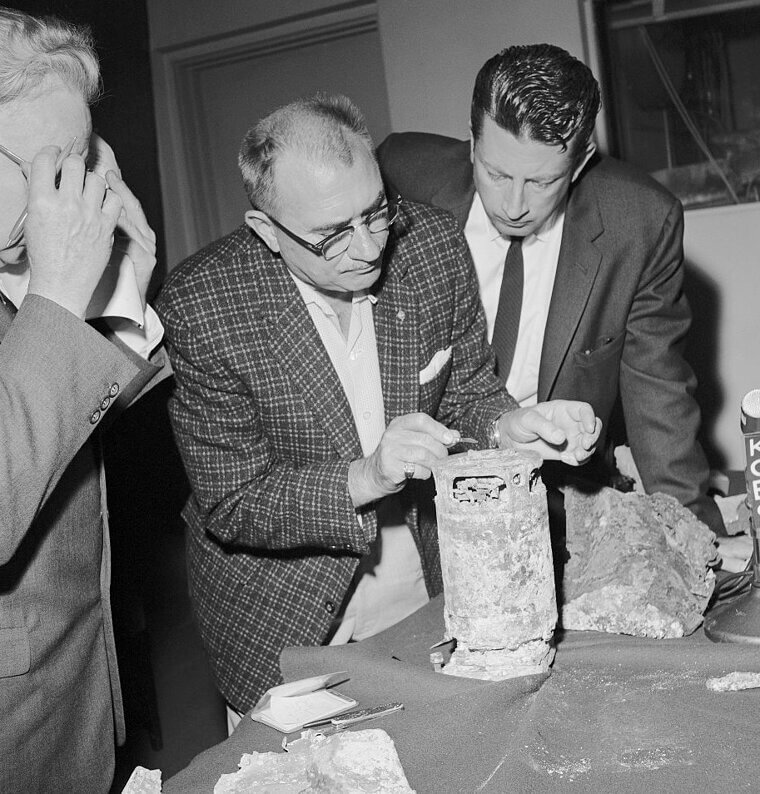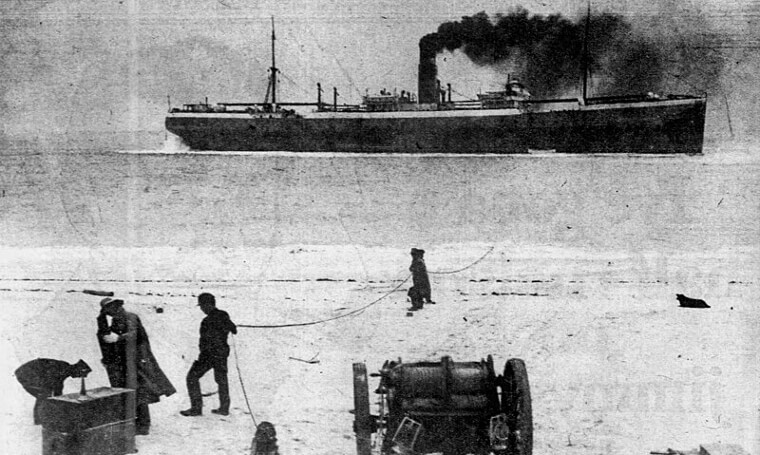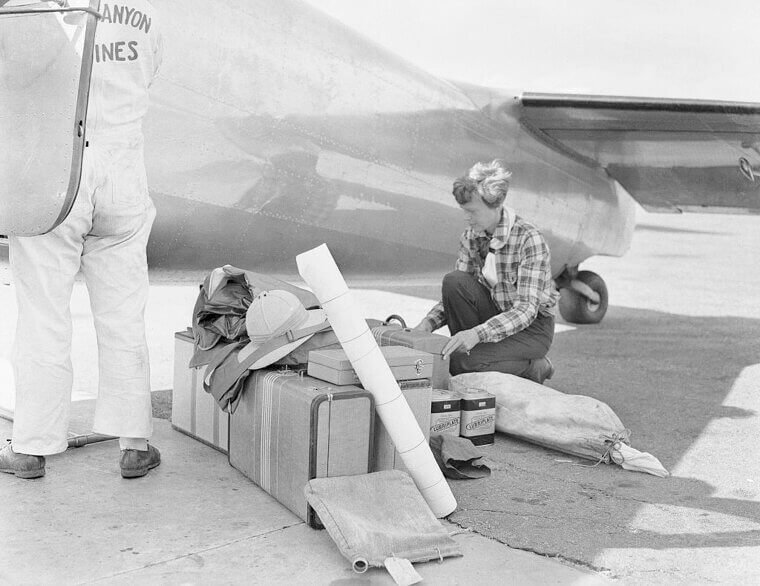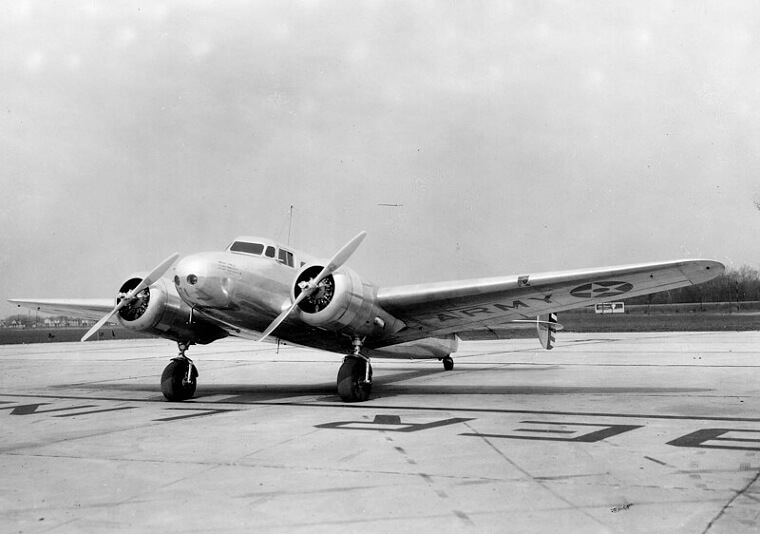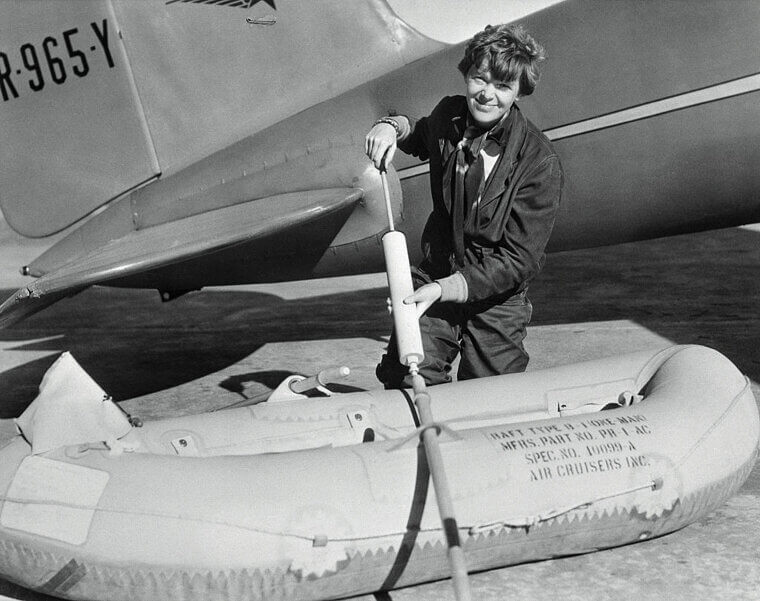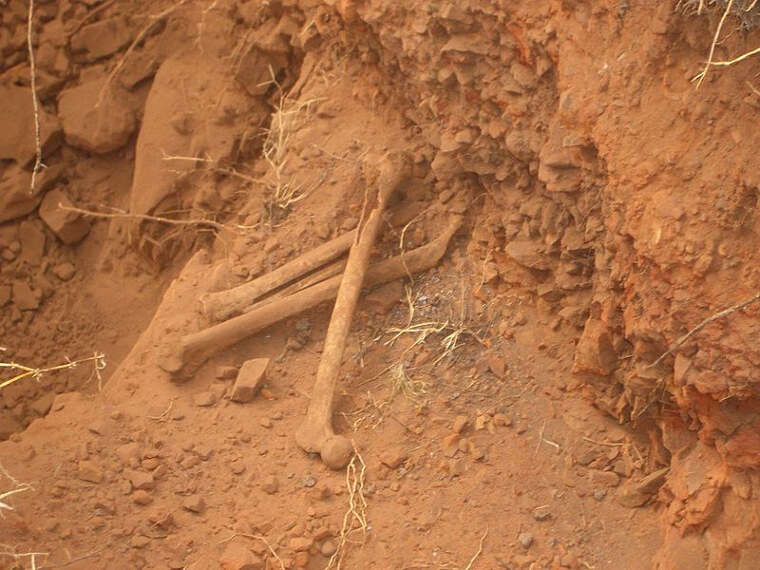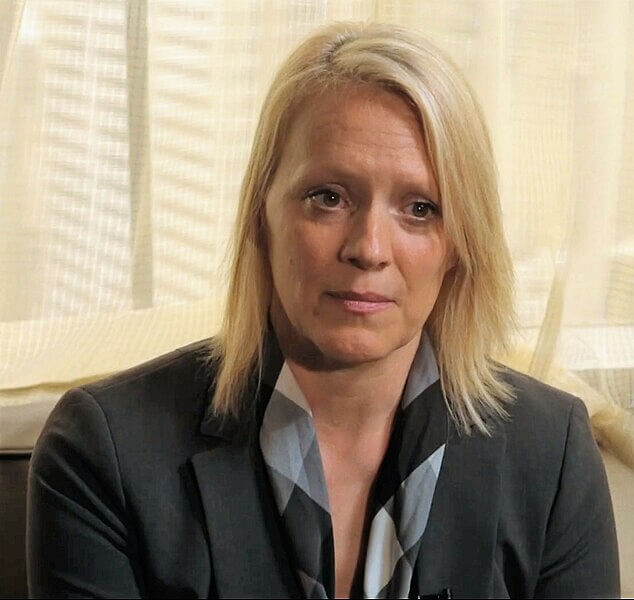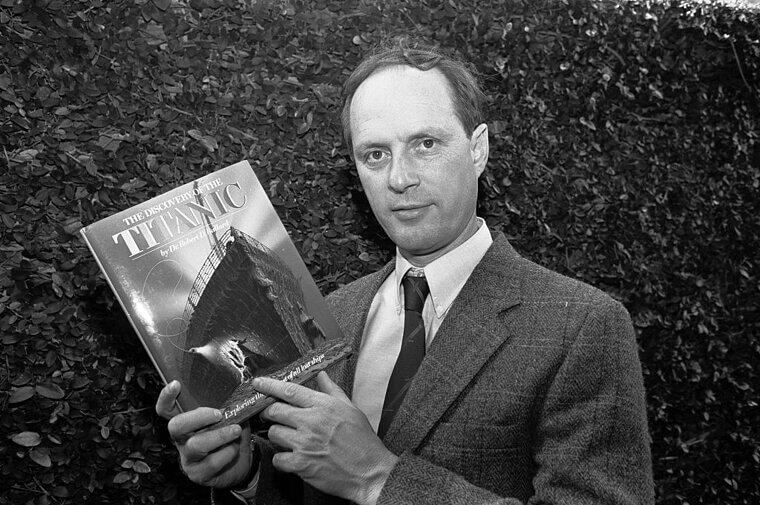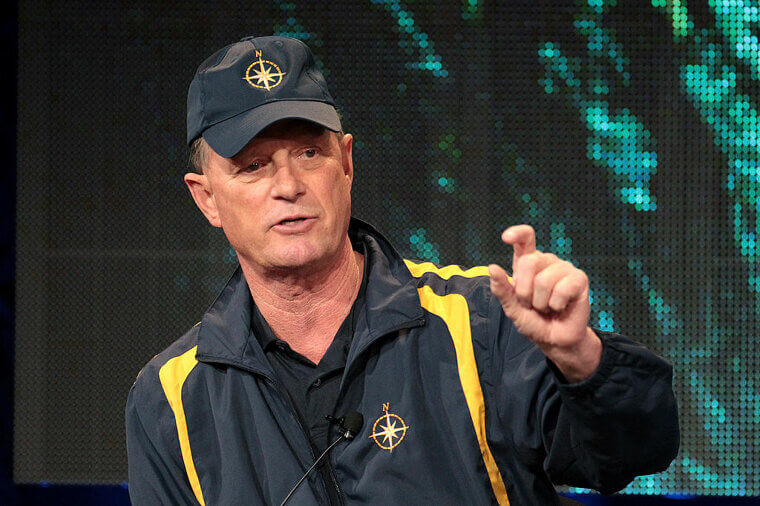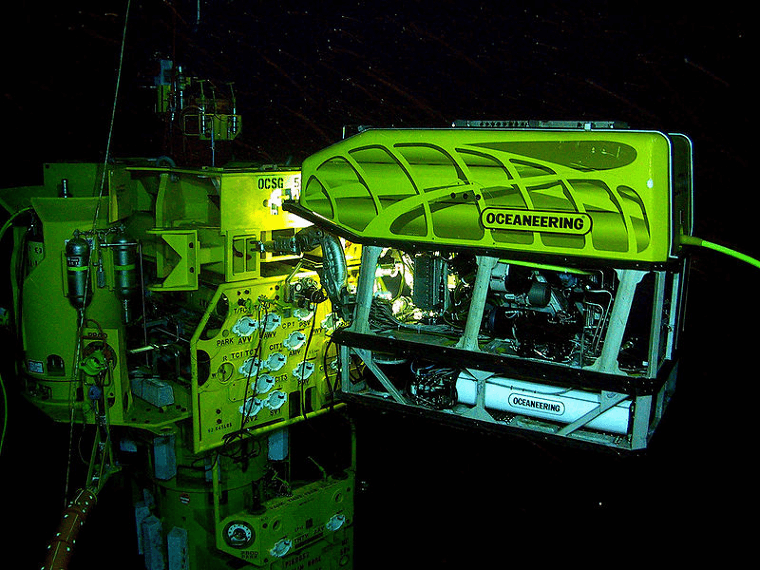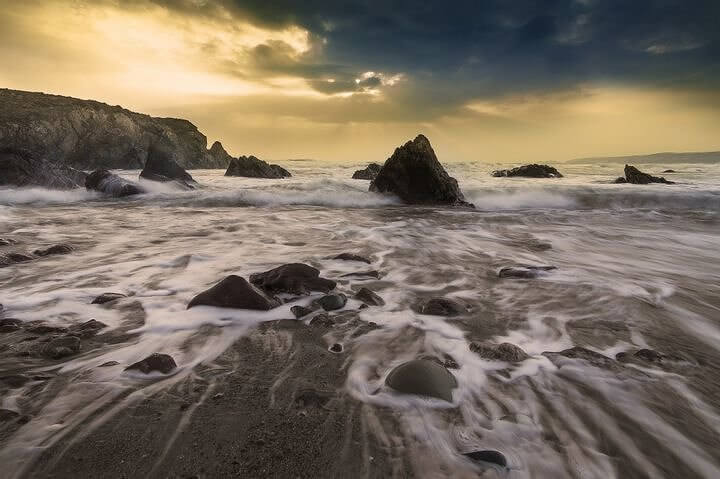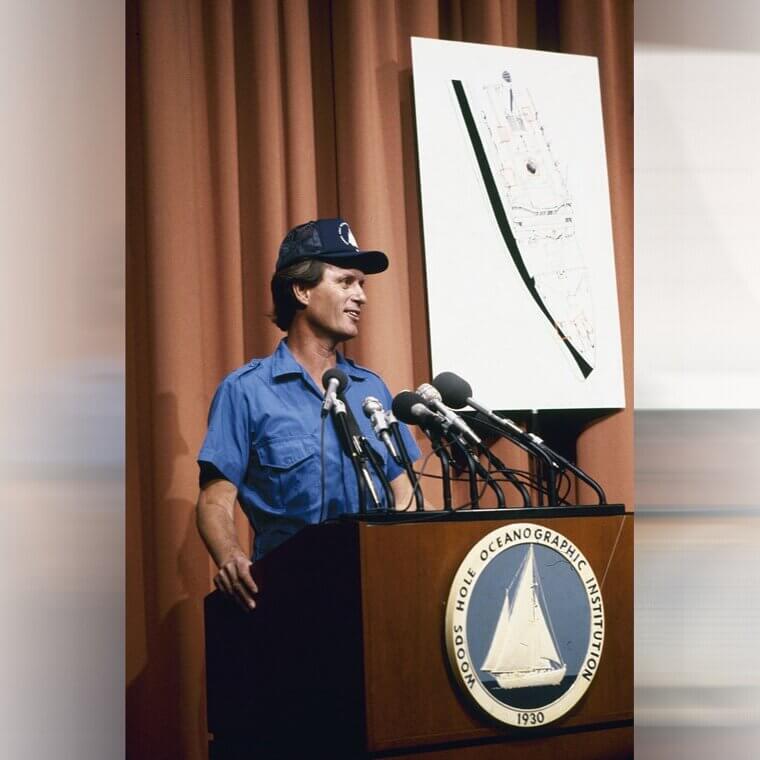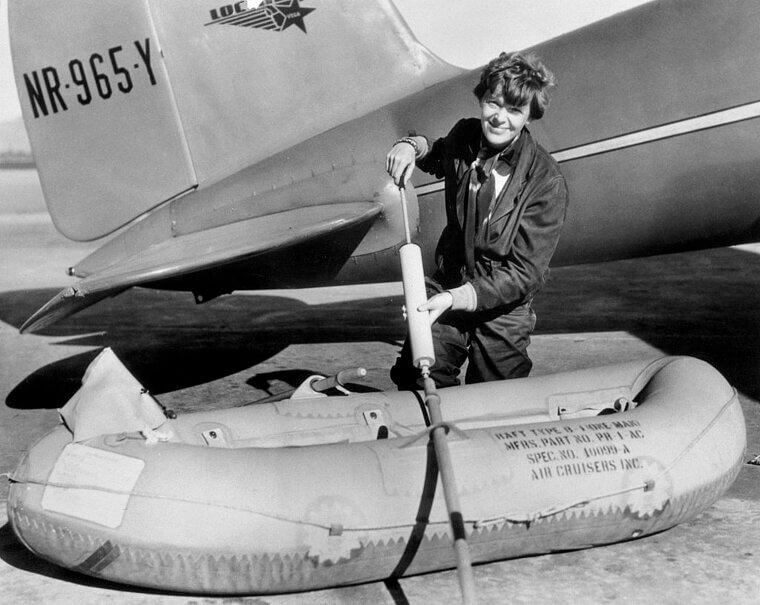The Big Question
Despite being lost many decades ago, Amelia Earhart is still one of the most famous women in history. Her success has inspired generations, and her record-breaking career has inspired explorers and pilots alike. But there's no denying that her mysterious disappearance has also impacted the renewed interest in her life and times. After all, she left no trace, and nobody had any idea what had actually happened to her during that fateful flight around the world.
Since 2012, which just so happened to be the 75th anniversary of her disappearance, experts and novice investigators alike have made it their mission to uncover the truth about Amelia Earhart. And they may have just found it.
A New Discovery
Of course, there are so many theories floating around about Amelia Earhart and what happened to her when she disappeared - but many of them have slipped under the radar. One that hasn't slipped under the radar, however, is the Gardner Island theory. This theory focuses on a photo that was taken on the remote South Pacific island, where Amelia was believed to have been lost. And in this photo was a strange smudge.
When it was first taken, experts didn't think anything of the smudge. But years later, they began to wonder whether that smudge was actually showcasing the landing gear of Amelia's plane sticking out of the ocean. So, they had to do some extra research.
Dreaming Big
To truly understand the extent of this monumental discovery, we need to learn a little more about the events that led to this picture being taken. And that all starts with Amelia Earhart herself. As one of the most impressive female explorers of all time, Amelia Earhart has inspired a generation of young women to follow in her footsteps and enter the aviation industry. Thanks to her, countless women have made air travel their career.
While she was an anomaly at the time, Amelia was pushed by her parents to be exactly who she wanted to be, regardless of society's expectations for women. And from a young age, she was encouraged to do things differently.
Reaching for the Sky
Born in 1897, Amelia Earhart spent her early years outside in the yard, doing everything she could to avoid going back inside and sitting on the couch. She wanted to explore, climb, collect, and fly - and she even asked her uncle to build her a homemade ramp on their shed so that she could reach for the skies and attempt to fly. As you can imagine, this resulted in a lot of bruised knees and cut lips, but she didn't mind at all.
Her parents could see that Amelia was entranced by planes and air travel, so they did everything they could to encourage her interest. They even took her to a flying exhibition in Canada, and she became even more obsessed.
Hitching a Ride
Before her trip to Toronto, Canada, Amelia had simply been a child with an interest in planes. But after her trip to Toronto, she knew that one day she wanted to be a pilot herself. Her parents encouraged this dream, and her father even arranged for a former World War I pilot to take her flying. As soon as she sat down in the passenger seat, she knew she was exactly where she needed to be.
After that first flying experience, Amelia did everything she could to get back into a plane. She worked multiple jobs, was mentored by pilot Mary Anita Snook, and decided to adopt her signature look of short hair and a leather jacket.
Changing the Course of History
Of course, you probably don't need us to tell you what happened next. Although Amelia Earhart was still relatively young compared to her male counterparts, that didn't stop her from changing the course of history. In 1928, she became the first female pilot to fly solo across the Atlantic Ocean. And while this would have been enough for some people to retire and rest on their laurels, Amelia wasn't that kind of person. She wanted more.
On Amelia's wish list was to become the first female pilot to circumnavigate the world, and in 1936, she finally felt as though she was ready to give her mission a go. But she could have never anticipated what would come next.
A Failed First Flight
After a whole year of planning and research, Amelia finally felt ready to attempt her flight around the globe. However, her first attempt wasn't successful. As Amelia set off with her navigator friend Fred Noonan by her side, they had hoped that this first flight would be everything they had dreamed of and more. But shortly after takeoff in Hawaii, their plane crashed and their expedition came to a crashing halt.
Both Amelia and Fred were unharmed, but they were frustrated. So, Amelia did everything she could to raise essential funding that would allow her to fix her plane and give their expedition a second chance.
The Opposite Direction
When her plane was fixed, Amelia decided to change course. Although they had always planned to take off in Hawaii, Amelia and Fred eventually decided to fly in the opposite direction and take off from Oakland instead. They knew it was a risk, but they also knew that they would struggle with the harsh weather patterns they would have faced if they had gone the way they had originally planned to fly.
Amazingly, this decision worked in their favor. Over the next few years, the aviation pioneers made their way to South America, India, Africa, and Southeast Asia. But they still had one giant hurdle to cross, and that was the Pacific Ocean.
A Big Problem
Although Amelia knew that crossing the Pacific Ocean would be a big achievement, she also knew it was going to be difficult. It was uncharted terrain for pilots, and she had no idea what she would encounter. Nevertheless, on July 2, 1937, they departed an airfield in New Guinea with the plan of flying to Howland Island and then stopping there to rest and refuel. Unfortunately, they never made it there.
A radioman on USCGC Itasca later confirmed that he had received distress signals from the plane and that he could clearly hear Earhart's voice. However, Earhart didn't receive his messages in response.
Amelia's Last Message
In her distress call over the radio, Earhart explained that her plane was running low on fuel and would only be able to travel for another 30 minutes before they would need to stop and refuel. The radio controller on Itasca tried to respond via radio but could tell that Earhart wasn't receiving their messages. So, they resorted to using Morse code in an effort to point her in the right direction instead.
The radioman and crew on the boat had no idea if Earhart had received or understood their message or not. All they could do was hope - but their stomachs dropped when Amelia's last message to them said, "We are running on line north and south."
One Last-Ditch Attempt
The crew on the boat had a hunch that Amelia was trying to land somewhere that she shouldn't. Although they had tried to point her in the right direction, their efforts had been fruitless as Amelia hadn't been able to hear them at all. So, in one last-ditch attempt, the boat crew used their boilers to send smoke signals in the direction of Amelia and Fred. But as bad luck would have it, it was a very cloudy day.
Although the crew continued with their boat signals, they knew that the combination of smoke, dark ocean, and dark clouds would all mingle together and be indistinguishable to Amelia and Fred. Because of this, they decided to call in reinforcements.
The World Waited for News as Reinforcements Were Called
As they were a single boat in the middle of the Pacific Ocean, the Itasca crew knew that there was only so much that they could do from the water. Because of this, they decided to enlist the help of the United States Navy to traverse the area in search of Amelia and her plane. They used the boats to search the water just in case there had been a crash, and then they went to inspect the islands by plane.
They had no idea where Amelia had gone, so they knew that they had to leave no stone unturned. They needed to double-check the water and the land, and keep their eyes and ears peeled for any more distress signals.
Perfect Landing Site
As the Navy searched the area, they tried to think like a pioneer aviator. If they were Amelia Earhart in that situation, what would they do? In the end, they concluded that Amelia would find the nearest island to land on, and that just so happened to be Gardner Island. As luck would have it, it was the perfect landing site. It was large enough for Amelia to land safely, and it was also uninhabited.
However, this also meant that the island was rough and overgrown. And while they searched for any kind of human life from above, they couldn't find anything at all. Where had Amelia, Fred, and their plane gone?
Not Giving up Hope - But Giving up the Search
After several months and millions of dollars worth of searches, the U.S. government eventually decided to cease their efforts and stop looking for Amelia Earhart. They had combed every last inch of the area but found no traces of a human or plane. However, that didn't stop George Putnam, Amelia's husband, from organizing his own searches. In fact, he used his own money to fund boats and crews to explore the islands.
After two years, George decided to give up. While he still held a little bit of hope that his wife was still alive, his self-funded explorations hadn't uncovered anything at all. So, on January 5, 1939, Amelia Earhart was officially declared dead in absentia.
A Feminist Icon
Although Amelia didn't manage to circumvent the world, her effort to achieve her dream didn't go unnoticed. Even after her disappearance, she continued to inspire pilots and women alike and is still considered to be one of the most impressive aviators the world has ever seen. Her story is one that is told across the world, and although it doesn't have a happy ending, it's still one with a very important message.
In fact, Amelia is so popular that she's been portrayed in movies and television shows on countless occasions. And everyone knows her for her short hair and leather jacket look.
A Mysterious Legacy
But while Amelia Earhart is known for her impressive feats of aviation, there's no doubt about the fact that most people immediately think of her disappearance when they hear her name. Her legacy is shrouded in mystery, and the unanswered questions make her life and her career even more intriguing. Because of this, many people have made it their life's mission to find out more about what happened that fateful day in 1937.
Scientists, pilots, and even conspiracy theorists all have their own ideas of what really happened, but the mystery will only be solved with solid proof. And one man thinks that he has it.
A Few Clear Facts
Before we get into his claims, however, we need to go through what we know so far. Since her disappearance, experts and explorers alike have all come to the same conclusion that Amelia and Fred ran out of fuel after leaving New Guinea and then struggled as a result of cloud cover and radio transmission issues. Because of this, it's widely accepted that Amelia and Fred ultimately lost their lives in a plane crash somewhere above the Pacific Ocean.
It's believed that the aviators were near Howland Island when they crashed but that they didn't quite make it. Instead, they crash-landed in the ocean itself and died as a result.
Bizarre Theories
While the conclusion above seems to solve some of the mystery surrounding Amelia Earhart's disappearance, it's fair to say that there are still some gaps that need to be filled. Why were their bodies never recovered? What happened to the plane? Why was their radio transmission not working? How did they lose fuel so quickly after take off? And as is always the case, these gaps have been filled by bizarre theories over the years.
These theories don't have any proof to back them up, but there's no doubt that many people believe such claims. After all, some of them seem pretty convincing when you have nothing else to work with.
Captured by the Japanese
One of the wildest (but also one of the most popular) theories surrounding Amelia Earhart's disappearance is that she was captured by the Japanese during her flight around the world. This theory suggests that they were captured on the Marshall Islands and then taken to a secret location, never to be seen again. In fact, this theory is so popular that countless books have been written about it, with many believing it to be completely true.
However, it's important to note that there's no evidence to suggest this happened at all. Especially as the Marshall Islands are over 800 miles away from the last known radio transmission from Amelia. But why would the Japanese want to capture her, anyway?
Was She a Spy?
According to this theory, Amelia Earhart was captured by the Japanese because she was allegedly a secret spy. It's been suggested that she went on her mission to fly across the world, not just to become the first woman to do so, but also to spy on the Japanese for President Roosevelt. This theory has become so widely known that it was even turned into a movie in 1943 called Flight for Freedom.
Not only that, but representatives from the White House and the U.S. Army Intelligence have had to release statements as a result of this theory. Of course, they deny that Amelia was ever recruited as a spy. That's not the only wild theory, though.
A Brand New Life
Another conspiracy theory surrounding the mystery of Amelia Earhart is that she didn't die as suspected. In 1970, a man by the name of John Klaas released an infamous book that claimed Amelia hadn't passed away in a plane crash, but had actually survived the ordeal and had since started a new life under a new name. In fact, he claimed that she had changed her name to Irene Craigmile Bolam and that she lived in New Jersey.
It wasn't just Joe who thought this, though. Joe actually wrote the book based on research by Mayor Joseph Gervais, who couldn't believe the uncanny similarities between Bolam and Amelia Earhart.
Wanting to Close the Case
For those intrigued by the disappearance of Amelia Earhart, these wild conspiracy theories add even more pieces to the puzzle and make the whole situation even more interesting. However, the more theories there are, the more we stray away from actual evidence and genuine leads. Because of this, the family members of Amelia Earhart have started to beg the general public to keep their theories to themselves, just in case they make the situation worse.
In 2004, Amelia's stepson asked the public to "end the crazy stories" to allow for professional explorers and historians to dig deeper and uncover the truth about his step-mother's disappearance. And it seems as though this worked.
A Place of Interest
Even today, the mysterious disappearance of Amelia Earhart is a huge topic of conversation - and that's why many people have made it their life's mission to uncover the secrets of this tragic event. Time after time, these experts and historians have circled back to one single place of interest: Gardner Island. This island is now called Nikumaroro and is located in Kiribati in the Pacific Ocean, and it was the main area of interest during the search for Amelia back in the 1930s.
Although the authorities found nothing of note during their initial investigations, modern day explorers have wanted to head back to the site to check it out further. And startling discoveries have since been made.
Finding Human Remains
In 1940, just a few years after Amelia Earhart went missing, a British military officer by the name of Gerald Gallagher decided to scope out Gardner Island for himself. He was convinced that he would be able to find something to put the missing pieces together, but he was still shocked to find human remains on the island. Although he was convinced that they were the remains of either Amelia or Fred, he decided to get them tested just in case.
DNA testing found that the bones were that of a male between 45 and 55 years old. As Fred was 44 years old when the plane disappeared, it was decided that the bones would need to be tested further to see if they belonged to him.
Losing the Evidence
The plan was for the bones to be sent off for further testing at Sydney University, so Gerald and his contacts made the necessary arrangements for them to be transferred. But, just like Amelia Earhart herself, the bones disappeared in transit. Their last recorded location was Fiji before the evidence was then lost. Unfortunately, they were never recovered, and nobody knew where they eventually ended up. So, they couldn't be used as evidence.
This resulted in even more questions. Who had the bones really belonged to? Were they Fred's? Or had the testing been wrong, and they were actually Amelia's? But this wasn't the last discovery found on the island.
The Famous Photo
The same year that Amelia Earhart disappeared, a British colonial officer by the name of Eric Bevington traveled to Gardner Island with his crew. Although the aim was to show off the island to potential settlers who were considering a move to the island, they also took the opportunity to keep an eye out for any pieces of evidence. They looked on the beach for pieces of plane wreckage, and kept their eyes and ears peeled for any signs of human life.
Eric didn't spot anything of the sort, but he did take this photo of the SS Norwich City, which lay grounded nearby. At the time, the picture didn't create much interest, but now it's considered one of the biggest pieces of evidence in the disappearance of Amelia Earhart.
A New Discovery
For years, the rest of the world thought that Bevington's photo was just a photo of a ship, too. It wasn't until 2012 that a forensic expert at The International Group of Historic Aircraft Recovery decided to take a closer look at the photograph. After all, they knew that everyone thought that the smudge at the bottom of the photograph was just a smudge and a blemish on the photo itself, but they began to wonder whether it was something more.
The forensic expert decided to look into the blurry smudge a bit further to see whether it uncovered any secrets. And they began to wonder whether it was actually a piece of Amelia Earhart's plane.
Looking Closer
The International Group of Historic Aircraft Recovery have been interested in Amelia Earhart's disappearance for decades. Her disappearance and the mystery surrounding it resulted in one of the biggest cultural shifts in the aviation industry, and they know that people want answers. And the more they looked, the more they were convinced that this smudge was a section of landing gear from Amelia's Lockheed Electra 10-E. Plus, they had found other evidence, too.
In 1991, the team also stumbled across a piece of aluminium that they believed they could trace back to her famous plane. But while they seemingly had some evidence, they knew they needed help.
Asking for Help
The International Group of Historic Aircraft Recovery knew that there was more to the Amelia Earhart story than had already been discovered, so they decided to reach out to a man by the name of Robert Ballard. As an ocean explorer, Robert is used to exploring the depths of the ocean to uncover secrets and mysteries - and his biggest claim to fame came in 1985, when he discovered the wreck of HMS Titanic.
With high-tech and impressive equipment under his belt, Robert has been able to uncover countless wrecks over the course of his career. So, if anyone was going to find Amelia's plane, it was going to be him.
Some More Bones
However, these missions require a lot of preparation and planning, so Robert needed some time to get his bearings before he could set off to find Amelia Earhart's plane. During this time, another discovery was made. And in 2018, the bones that were lost in Fiji decades ago were rediscovered. And with improved technology at their disposal, the experts were confident that they would be able to test the bones properly this time.
In fact, the anthropologist who tested the bones found distinct similarities between the bones and Amelia Earhart - but he knew that he needed a second opinion. So, Erin Kimmerle, a forensic anthropologist, decided to test them a second time.
Waiting for Answers
The re-discovery of the bones has sparked a newfound sense of intrigue among experts and hobbyists around the world. Everyone still wants to know what happened to Amelia Earhart on that fateful day, and it seemed as though Kimmerle had the power to provide us with the answers we all needed. And as Kimmerle pieced together the skull fragments that were found on the island, she tested them to see whether they were a direct DNA match.
But while Kimmerle was over the moon to be involved in such a case, she didn't want to distract from the achievements of Amelia Earhart. She told CNN, "The real value in a historic case like this that gets so much attention is really looking at that person's life and what they achieved."
Going Down Deep
While Kimmerle waited for her results, Robert Ballard took stock of what she had found and what this meant for his expedition. More than ever, he knew that Nikumaroro island was the place for him. It was where the bones had been found, it was where the famous photograph had been taken, and it was the only feasible place Amelia and Fred could have traveled after Amelia's last radio transmission.
Because of this, he decided that Nikumaroro Island would be the first place he needed to explore. So, he gathered all of his high-tech tools and went in search of answers. But what would he find?
An Exploration Vessel
For the purposes of his investigations, Ballard knew that traveling by boat would be better than traveling by plane. He had a hunch that what he needed to find was buried underneath the water, so he boarded Nautilus, his exploration vessel, and went in search of answers. To do this, he used many of the tools that he had at his disposal, including sonar, remote-controlled water vehicles, drones, and surface vehicles.
As soon as the world learned that Robert was on the case, their ears perked up. They began to wonder whether he was the man to finally solve the mystery of Amelia Earhart.
Trusting Him
After all, Robert Ballard had already proved himself to be a talented ocean explorer. He had been the person to uncover the wreckage of the HMS Titanic, and finding this sunken ship was one of the most pivotal moments in history - especially as so many other had tried and failed to find it in the past. But while Ballard had indeed succeeded in finding the Titanic, the boat and the plane were two very different historical artifacts.
The world knew that the HMS Titanic had indeed sunk in the ocean, but there was still no evidence to suggest that Amelia Earhart's plane had crash-landed in the ocean or not. For all they knew, it had crashed on a remote island somewhere.
A Clear Vision
Despite the many questions surrounding Ballard and his expedition, he had a clear vision of what he wanted to do and what he wanted to achieve. He felt confident that he and his team were searching in the right area of the world, and so he decided to divide his crew into two smaller teams. He wanted one team to focus on what was happening underneath the ocean, while the other focused on what was happening on land nearby.
With this plan in place, everyone got to work - and while they excitedly found a few objects here and there, closer inspections confirmed that they were simply remnants of past explorations.
A Dangerous Disaster
The more time Ballard spent in that area of the world, however, the more he was convinced that Amelia Earhart had lost her life in the ocean. In fact, his first theory was that Amelia and Fred had crash-landed in the water and were then dragged over the nearby reef by the strong currents. As a result, the plane wreckage and their bodies would have traveled further afield and away from the area they were searching.
The reef had also claimed the SS Norwich City boat, which had been snapped by Bevington decades earlier, so they knew that these heavy tides were deadly. But did they cause the disappearance of Amelia Earhart?
Expedition Amelia
Although Robert Ballard was trying to solve the mystery for the sake of historians and theorists around the world, it didn't take long for television networks to pick up on what he was doing. In fact, he struck a deal with National Geographic to have his mission documented and released as part of a documentary called Expedition Amelia. It aired on the channel in October 2019, with fans eagerly awaiting the news.
But fans were bitterly disappointed when they learned that, despite exploring the island five times, Ballard found no evidence of the plane or the remains of Amelia Earhart. However, he's not given up.
He's Been in This Game a Long Time, and He's Not Giving up
Although the island of Nikumaroro was a bust, Ballard plans to move his next mission elsewhere. He intends to search the area on and around Howland Island instead, just in case Amelia and Fred eventually managed to get to their intended destination. And while eager viewers were upset to see that his first mission hadn't been a success, Ballard wasn't too disheartened while planning his second mission to find Amelia Earhart.
He explained to Esquire, "Hey, it took four expeditions to find the Titanic. It took me two expeditions to find the Bismarck. These are not easy... Give me enough time. I'll get it. It does exist. It's not the Loch Ness Monster or Big Foot. There is a plane down there."
Just the Start
In Robert's eyes, this second mission is still the start of his journey. He plans to keep going until he finds some kind of tangible evidence to answer the many questions we have about Amelia Earhart and her disappearance. Plus, Ballard has a close relationship with this mission, as his mother had always been an admirer or the female aviator, and always been so upset that there had never been a real conclusion to her story.
Because of this, it's only a matter of time before we uncover more about the disappearance of Amelia Earhart. And if Ballard is correct, he'll find her plane at the bottom of the ocean.
